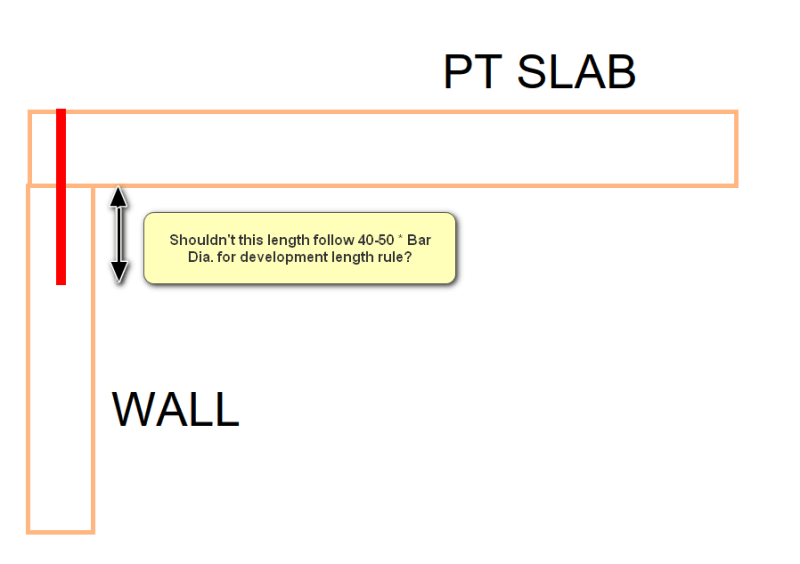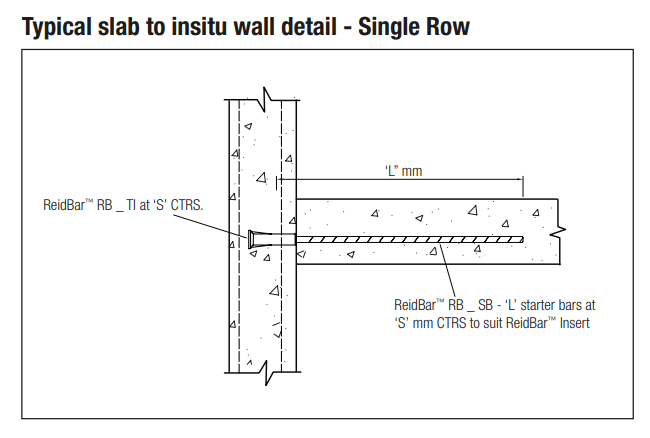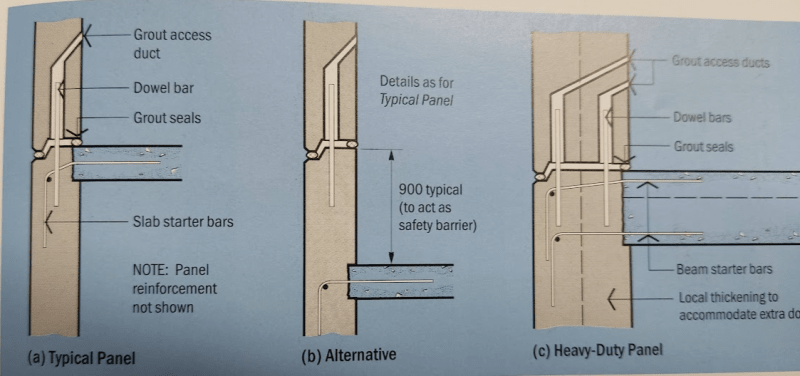Callum_S1
Structural
- May 19, 2022
- 9
Can anyone please tell me how dowel bar is designed in the following scenarios:
1. RC Slab running on top of premier concrete basement wall with dowel bars.
2. RC Slab connecting to the side face of concrete wall.
Some examples will be very helpful for me. Thank you.
1. RC Slab running on top of premier concrete basement wall with dowel bars.
2. RC Slab connecting to the side face of concrete wall.
Some examples will be very helpful for me. Thank you.




